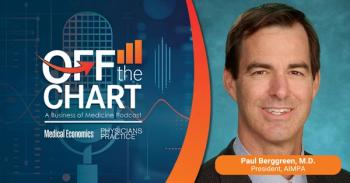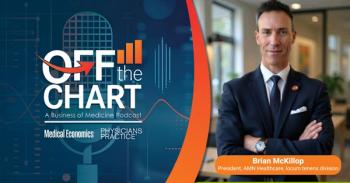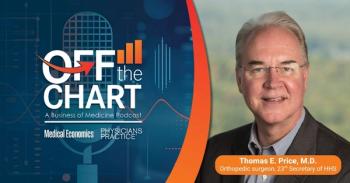
Redefining ‘Uninsured’ When Examining Patient Care
Perhaps it is time in the United States that we reexamine the term “uninsured,” and how it really defines the patients seeking care from physicians.
In September, the Kaiser Family Foundation released a
Poor people are more likely uninsured.
Medical bills are a burden to a lot of uninsured people.
Uninsured people are more likely to miss appointments.
The question then, becomes: How do we begin to solve the problems? What type of policy change(s) would get more poor people insured, make medical bills less of a burden, and get uninsured people to their appointments?
What I find fascinating about Kaiser “Five Facts” summaries - and, in general, any lay description of healthcare fiscal ills - is that, by definition, they are keyhole views of panoramic problems. Almost every sentence carries assumptions, insidious or overt, upon which the entire picture is framed.
For purposes here, I’d like to discuss the term “uninsured” and what that means.
We generally accept that a person is “uninsured” when he or she carries no third-party means for payment of medical bills. If a person has chosen to pay out of pocket, he is “uninsured.” If a person cannot afford the premium for private insurance and does not qualify for government program, she is “uninsured.”
But Sarah Rosenbaum, a renowned health policy wonk and one of my professors at George Washington University, made a point in one of my courses that resonates with me still today: Public insurance programs, such as Medicaid or CHIP, are not insurance. They pay for healthcare service, but do not meet classic criteria for an insurance covenant.
The New Oxford American Dictionary defines insurance as: “A practice or arrangement by which a company or government agency provides a guarantee of compensation for specified loss, damage, illness, or death in return for payment of a premium.”
See the conflict?
In the public health programs that target the penurious, there is no partnership. In most cases, there is no premium paid, and thus no risk sharing. Medicaid is not insuring people; it is paying for healthcare when illness arrives.
In contrast, private health insurance companies use actuarial sciences to assess risk, gauge populations, and try to make a profit from the premiums they are paid. In effect, they are symbiotic with their customers, exchanging piece of mind and healthcare coverage for dollars and cents.
Even Medicare, a public-sponsored program, is more like traditional insurance than Medicaid or CHIP, in that most participants have paid in “premiums” over a lifetime and continue to cost share, in some way, even as they are covered into the twilight years.
So when Kaiser announces in Five Facts that there are nearly 50 million uninsured, they are perhaps using an overly broad definition of what it means to be “uninsured.” The individuals that make up this population have different underlying primary concerns, and should more routinely be subdivided into the constituent parts:
1. Uninsured – Looking for or can afford private insurance;
2. Uninsured – Impoverished and looking for health care payment assistance; and
3. Uninsured – Ineligible for any public or private programs (Illegal, and some legal, immigrants)
Admittedly, people can move back and forth between each category, most commonly number one and number two above. There is no inviolable line that delineates between the two. But the distinction does recognize that a fully insured population achieved by increasing private insurance coverage, and a fully-insured population achieved by increasing public healthcare financing have very different societal and socioeconomic ramifications.
I think it’s important that clinicians understand this distinction, because it will help with interpretation of overly restrictive pharmaceutical formularies and flailing state Medicaid budgets. Transitively, this will allow for more accurate and patient-centered clinical decision-making.
Find out more about Bryan Fine and our other Practice Notes bloggers.
Newsletter
Optimize your practice with the Physicians Practice newsletter, offering management pearls, leadership tips, and business strategies tailored for practice administrators and physicians of any specialty.








